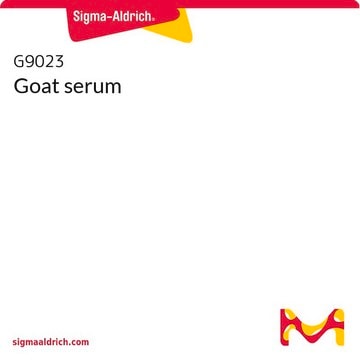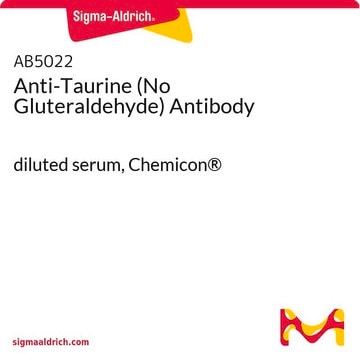The Dihydrofolate Reductase that is provided in the kit is product D6566, a recombinant human enzyme that is expressed in E. coli. Please see the link below to review the datasheet for this component:
https://www.sigmaaldrich.com/deepweb/assets/sigmaaldrich/product/documents/213/424/d6566dat.pdf
One intended use of this kit is for screening DHFR inhibitors, including inhibitors of bacterial DHFR. This kit is expected to be suitable for the measurement of antibacterial activity. This characteristic is expressed as DHFR inhibitory activity of a compound of interest. Please see the link below to review the datasheet for this kit:
https://www.sigmaaldrich.com/deepweb/assets/sigmaaldrich/product/documents/427/408/cs0340bul.pdf















